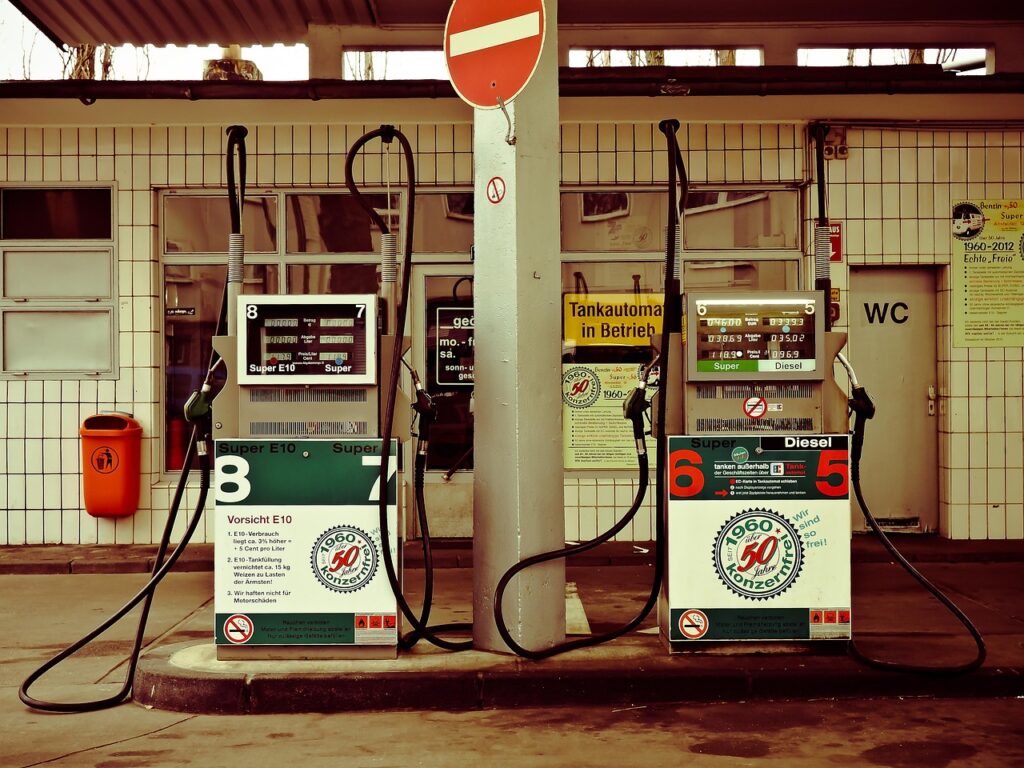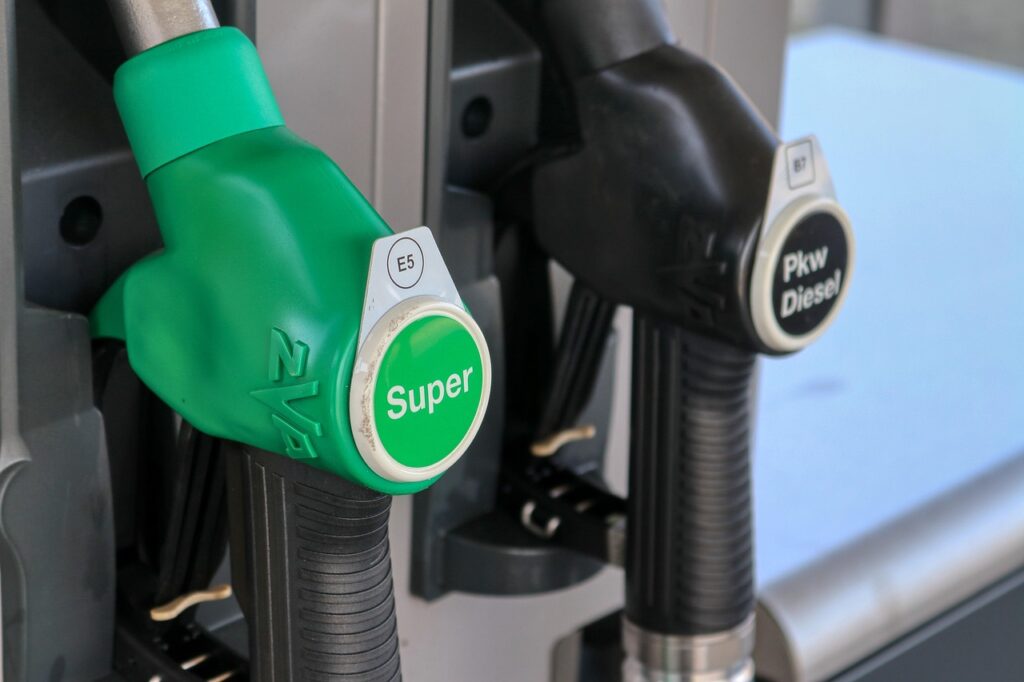
In an era of unprecedented technological acceleration and shifting global priorities, the seemingly unchanging world of fuel might appear staid. Yet, beneath the surface, a dynamic evolution is underway, driven by an insatiable global appetite for energy and an urgent imperative for sustainability. The fuels market, a colossal engine powering our civilization, was valued at approximately USD 4,200 billion in 2023 and is on a trajectory to reach around USD 5,800 billion by 2032, exhibiting a compound annual growth rate (CAGR) of 3.5% during this forecast period. This remarkable expansion is not merely a reflection of increasing demand but also a testament to the persistent relevance of established energy sources and the ingenious innovations pushing new frontiers.
This growth narrative is complex, woven from threads of rapid industrialization and urbanization across emerging economies, where energy needs are skyrocketing. The transportation sector, a perennial consumer of vast fuel quantities, continues its expansion alongside global trade and travel. Simultaneously, a burgeoning global population consistently demands more residential and commercial energy supplies, further amplifying the market’s upward trend. It’s a dual-pronged push: entrenched demand for the familiar and an accelerating pull towards novel, cleaner alternatives.
Amidst this backdrop, an intriguing phenomenon persists: certain major fuel types, despite environmental pressures and the rise of new contenders, have flat-out refused to relinquish their significant market share. Their resilience stems from a combination of established infrastructure, economic viability, continuous technological refinement, and their indispensable roles in various sectors of the global economy. This article embarks on an in-depth exploration of these persistent powerhouses, examining the core reasons for their enduring presence and the innovative adaptations that ensure their continued relevance in the grand tapestry of our energy future.
1. **Crude Oil and Refined Petroleum Products**Crude oil has long been the undisputed king of the global energy landscape, a fundamental pillar supporting the vast majority of our transportation and industrial activities. Its pre-eminence stems from its sheer energy density, ease of transport, and the well-established infrastructure built around its extraction, refining, and distribution. From the moment it’s drawn from the earth, crude oil embarks on a complex journey, transforming into the diverse array of refined petroleum products that fuel our daily lives, including gasoline, diesel, and jet fuel, which are utterly essential for powering vehicles, machinery, and aircraft worldwide.
This dominance is reflected starkly in market figures. The global refined petroleum products market alone was valued at a substantial USD 586.27 billion in 2020, and despite the unprecedented global impact of COVID-19 which saw a negative demand impact across all regions, it is projected to rebound vigorously. Forecasts indicate a climb to USD 863.19 billion by 2028, growing at a robust CAGR of 5.0% from 2021 to 2028. This speaks volumes about the intrinsic demand for these products and their embeddedness in the fabric of global commerce and mobility. The sheer scale and necessity of these fuels underscore their persistent refusal to yield market ground.
Regionally, the market for refined petroleum products showcases dynamic growth. Asia Pacific, for instance, held a dominant 32.02% share of the global market in 2020, propelled by surging energy demand, particularly from industrial powerhouses like India and China, alongside high refinery utilization rates. Not to be outdone, North America is poised for significant future expansion, projected to reach USD 173.23 billion by 2032, driven by strong export activities and strategic mergers and acquisitions within the industry. Within this segment, diesel has steadfastly held the largest product share, its versatility making it indispensable for marine fuels, heavy-duty transportation, and the aviation sector, highlighting its critical role across multiple essential applications.
However, even a titan like crude oil faces formidable challenges that continuously shape its market trajectory. Volatile oil prices, frequently swayed by geopolitical tensions and supply disruptions, can significantly impact profitability and investment decisions across the industry. Furthermore, the undeniable environmental impact of burning fossil fuels, particularly regarding carbon emissions, has intensified regulatory pressure globally. This mounting scrutiny is prompting significant investments in cleaner technologies and processes within the industry, yet the sheer scale of current dependence ensures crude oil’s foundational presence for the foreseeable future, making its continued market share a testament to its pervasive utility.
Read more about: Understanding the Forces Behind Soaring Fuel Costs: An In-Depth Analysis of Key Drivers and Regional Impacts Across the U.S.

2. **Natural Gas**Natural gas stands as a pivotal source of fuel, widely acclaimed for its significantly lower carbon emissions compared to its fossil fuel counterparts, coal and oil. This characteristic alone positions it as a preferred energy option in an increasingly environmentally conscious world, contributing to its enduring market strength. Its versatility is another key factor in its market tenacity, seeing extensive use across a spectrum of applications from power generation, where it fuels electricity plants, to critical industrial processes, and even residential heating, providing warmth and energy to homes globally.
The growing global demand for cleaner energy solutions has been a powerful catalyst for the expansion of natural gas infrastructure. This includes the proliferation of vast pipeline networks that transport gas across continents, as well as the development of sophisticated liquefied natural gas (LNG) facilities. These LNG terminals enable the chilling and shipping of natural gas across oceans, effectively transforming it into a globally tradable commodity, thereby broadening its reach and solidifying its market footprint. This expanding infrastructure is a clear indicator of the world’s deepening reliance on natural gas as a bridge fuel to a lower-carbon future.
Technological advancements have played a transformative role in reinforcing natural gas’s market position, particularly in extraction techniques. Innovations such as hydraulic fracturing, commonly known as fracking, have revolutionized the industry, allowing for the economically viable extraction of natural gas from previously inaccessible or challenging reserves. These advancements have led to a significant surge in natural gas production, most notably in regions like North America, turning formerly energy-importing nations into major producers and exporters. This newfound abundance has bolstered supply security and stabilized prices, further enhancing its attractiveness as an energy source.
Despite its cleaner burning properties relative to other fossil fuels, natural gas is not without its own set of environmental considerations, particularly concerning methane emissions from extraction and transport. However, ongoing efforts to mitigate these impacts, coupled with its role in complementing intermittent renewable energy sources, ensure its continued significance. As power grids integrate more solar and wind power, natural gas plants often serve as reliable backups, quickly ramping up production when renewable output dips. This operational flexibility further solidifies its indispensable role in maintaining energy stability and contributes substantially to its sustained market share, refusing to be displaced entirely by its cleaner, yet less dispatchable, counterparts.
Read more about: The 15 Scariest Classic Horror Films of All Time

3. **Coal**Coal, a fuel source deeply intertwined with the genesis of the Industrial Revolution, historically dominated the global energy market for centuries, serving as the bedrock of industrial growth and power generation across developed nations. Its legacy as a cheap, abundant, and easily extractable energy source ensured its unparalleled reign, profoundly shaping global economies and infrastructure. Even today, despite significant shifts towards cleaner energy, coal refuses to be relegated to history, maintaining a substantial, albeit evolving, presence in the global fuels mix.
While developed economies have largely moved away from coal for power generation due to its heavy environmental impact and finite nature, its role remains critically important in developing regions. In many emerging markets, particularly in Asia Pacific, where rapid industrialization and urbanization are driving immense energy demand, coal continues to be a primary energy source. This reliance is often due to the established infrastructure surrounding coal mining and power plants, and the comparatively nascent stages of infrastructure development for alternative fuels. The economic accessibility of coal, coupled with existing operational capacities, makes it a pragmatic, if environmentally challenging, choice for countries striving for rapid economic growth.
However, the environmental impact associated with coal combustion, primarily its substantial contribution to greenhouse gas emissions and air pollution, is an undeniable factor driving a gradual, but increasingly urgent, global shift away from its use. International bodies and governments worldwide are implementing stringent regulations aimed at curbing carbon emissions, directly impacting coal’s long-term viability. This pressure is compelling countries that still rely on coal to explore and invest in cleaner technologies for coal power plants, such as carbon capture and storage (CCS), or to accelerate their transition to alternative energy sources. Yet, the scale of global energy demand means coal’s phase-out is a protracted process, not an immediate cessation.
Therefore, while the narrative surrounding coal is one of gradual decline in its overall share, particularly in developed nations, its complete disappearance from the energy landscape is far from imminent. Its sheer abundance and deeply integrated infrastructure in key developing regions ensure that coal continues to be a significant energy source, supporting industrial processes and power generation for millions. It exemplifies a fuel type that, despite immense pressure, stubbornly holds onto its market share by virtue of its foundational role in specific economic contexts, demonstrating a resilience born of necessity rather than innovation, but resilience nonetheless.
Read more about: Don’t Apply These Outdated Eye Makeup Techniques in 2025 Anymore
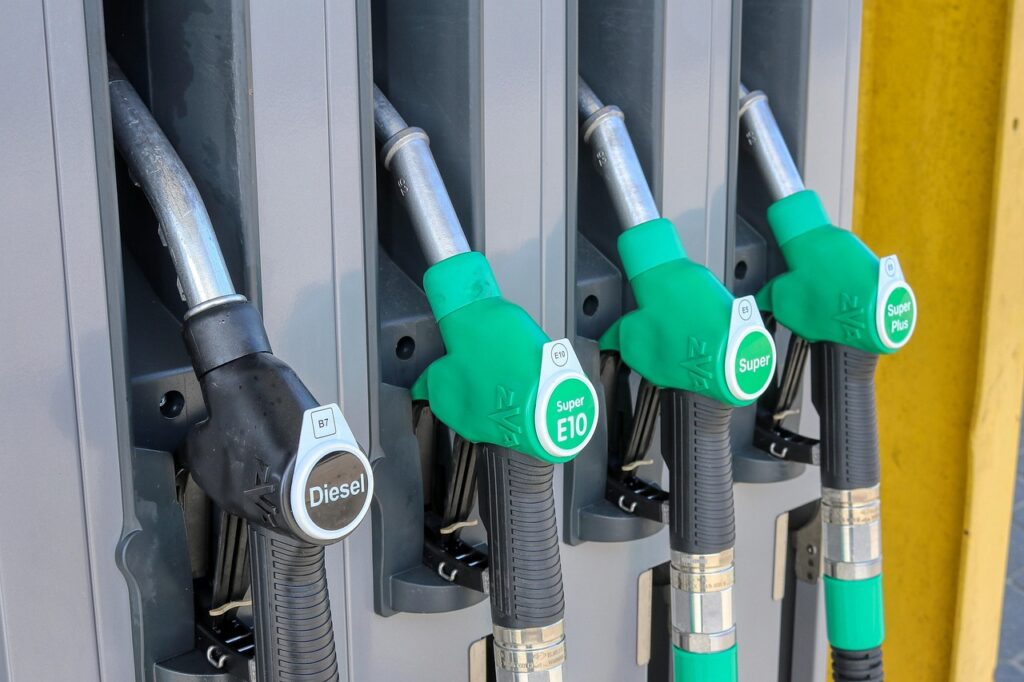
4. **Biofuels (Ethanol & Biodiesel)**Biofuels represent a fascinating and increasingly vital segment of the global fuels market, distinguishing themselves as cleaner alternatives derived from organic materials such as plants and animal waste. This unique characteristic positions them as a key player in the ongoing transition towards a more sustainable energy future, directly addressing environmental concerns associated with traditional fossil fuels. Their appeal lies not just in their renewable nature, but also in their ability to integrate into existing fuel infrastructure, providing a practical pathway for decarbonization without requiring a complete overhaul of transportation systems.
Among the diverse array of biofuels, ethanol and biodiesel stand out as particularly popular and extensively utilized forms, especially within the transportation sector. Ethanol, commonly blended with gasoline, is primarily produced from crops like corn and sugarcane, offering a renewable component to vehicle fuels. Biodiesel, on the other hand, is derived from vegetable oils or animal fats and serves as a direct substitute or additive for conventional diesel. The widespread adoption of these two forms underscores their commercial viability and proven effectiveness in reducing emissions compared to pure fossil fuels.
The growth trajectory of biofuels has been significantly bolstered by supportive governmental policies and mandates. Many countries have implemented incentives, such as tax credits and blending requirements, designed to promote biofuel usage. These regulatory frameworks create a stable demand environment, encouraging investment in biofuel production and driving their market penetration. This top-down support, combined with growing consumer awareness and environmental responsibility, forms a powerful impetus behind the sustained expansion of this segment, ensuring biofuels steadily gain traction and market share.
Further solidifying their position, advancements in biofuel production technologies are continuously enhancing their yield and reducing overall costs, making them increasingly competitive with traditional fossil fuels. Innovations in feedstock cultivation, enzymatic processes, and biorefining techniques are improving efficiency and sustainability, moving beyond first-generation biofuels (which sometimes compete with food crops) towards second and third-generation varieties derived from non-food sources like cellulosic biomass and algae. This relentless pursuit of innovation is critical for biofuels to overcome economic challenges and scalability issues, allowing them to carve out an ever-larger and more secure portion of the global energy market as a truly viable and sustainable option for our future fuel needs.
5. **Synthetic Fuels**Synthetic fuels, often perceived as a bridge between conventional fossil fuels and purely renewable energy sources, represent another compelling alternative in the complex global energy mix. These fuels are not directly extracted from the ground in their final form but are meticulously produced through intricate chemical processes, most notably the Fischer-Tropsch synthesis. This method allows for the conversion of various feedstocks into liquid fuels, offering a unique degree of flexibility in their origins and a distinct advantage in their potential to address energy security and environmental concerns simultaneously.
What makes synthetic fuels particularly intriguing is their ability to be derived from a diverse range of primary materials, including coal, natural gas, and even biomass. This flexibility in feedstock provides a strategic benefit, allowing production to leverage regionally abundant resources, thereby enhancing energy independence and resilience. For instance, countries rich in coal but with limited oil reserves could convert coal into liquid fuels, mitigating their reliance on imported petroleum. This adaptability ensures that synthetic fuels remain a viable, albeit complex, option for nations seeking to diversify their energy portfolios and reduce geopolitical vulnerabilities tied to traditional oil supplies.
One of the most significant advantages touted for synthetic fuels, and a key driver for their continued research and development, is their potential to be produced with lower carbon footprints compared to directly extracting and refining crude oil. When combined with carbon capture technologies at the production stage, or when derived from sustainable biomass, synthetic fuels can align more closely with global sustainability goals. This prospect of producing ‘cleaner’ liquid fuels, capable of being dropped into existing internal combustion engines and infrastructure, is a powerful draw for industries and governments looking for pragmatic decarbonization solutions that don’t necessitate an immediate, radical overhaul of current systems.
However, the journey for synthetic fuels is not without its considerable hurdles. A primary challenge that has historically constrained their widespread adoption is the high costs associated with their production. The complex chemical processes and the energy inputs required to convert feedstocks into usable synthetic fuels can make them less economically competitive than conventional petroleum, especially during periods of low oil prices. Despite these cost barriers, ongoing research and development efforts are intensely focused on optimizing these processes, seeking to enhance efficiency, reduce energy consumption, and ultimately lower production costs. These advancements are crucial for synthetic fuels to unlock their full market potential, promising a future where engineered fuels play a significant role in providing energy with enhanced environmental attributes.
Moving beyond the established titans and first-wave alternatives, the energy narrative increasingly pivots towards a future powered by truly disruptive technologies. These cutting-edge solutions promise not only diversified energy portfolios but also a fundamental re-imagining of our relationship with global carbon emissions. From the elemental simplicity of hydrogen to the earth’s own geothermal heartbeat, these emerging fuel technologies are not merely clinging to market share; they are aggressively carving out new ones, signaling a profound shift in how we power our world. The inherent challenges are significant, yet the potential rewards—a sustainable, secure energy future—drive relentless innovation and investment.
Read more about: The Automotive Exodus: Unpacking the 14 Critical Reasons Why Diesel Engines Are Fading from Our Markets

6. **Hydrogen**Hydrogen is rapidly emerging as a singularly promising fuel source, heralded for its unparalleled energy content and, critically, its zero-emission potential at the point of use. This unique combination positions it at the forefront of the clean energy transition, offering a compelling alternative to traditional hydrocarbons. Its application in hydrogen fuel cells, particularly within the automotive sector, is gaining significant traction, with a clear trajectory towards broader adoption in various transportation and industrial applications.
The momentum behind hydrogen is palpable, fueled by substantial investments from both private enterprises and public sector initiatives dedicated to developing robust hydrogen infrastructure. This includes everything from production facilities that can scale to meet future demand to distribution networks and refueling stations. The strategic vision is to transform hydrogen from a niche energy solution into a globally accessible and economically viable commodity, underscoring its pivotal role in the future energy landscape.
A key factor underpinning hydrogen’s appeal is its remarkable versatility in production. Unlike fossil fuels tied to specific geological reserves, hydrogen can be sourced from a diverse array of primary materials, including natural gas, water through electrolysis, and various forms of biomass. This flexibility in feedstock not only enhances energy security but also allows for localized production, reducing reliance on complex international supply chains and fostering regional energy independence.
However, the path to widespread hydrogen adoption is not without its considerable hurdles. Foremost among these are the high costs currently associated with its production, storage, and transportation. Developing efficient, safe, and cost-effective technologies for these stages remains a critical area of research and development. Addressing these technological and economic barriers is paramount for hydrogen to truly unlock its full market potential and solidify its position as an indispensable component of a sustainable energy future, refusing to be a fleeting trend but an enduring presence.
Read more about: The 12 Most Common Mistakes People Make When Jump-Starting a Dead Battery
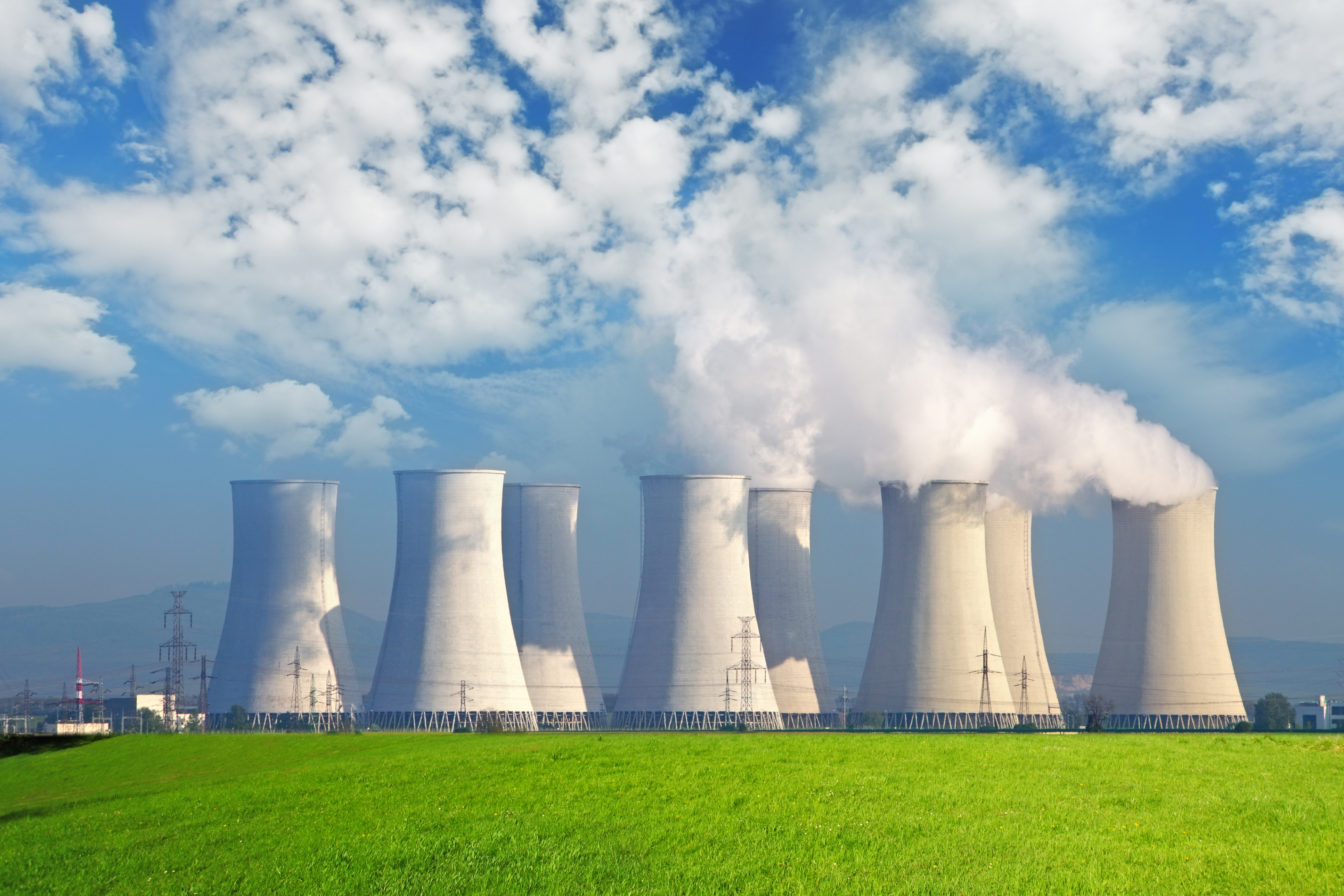
7. **Nuclear Energy**Nuclear energy, while not a combustible fuel in the traditional sense, stands as a profound “other fuel” type that significantly contributes to the global energy mix, particularly in the critical power generation sector. Its enduring relevance is undeniable, primarily due to its capacity for large-scale, consistent power output with virtually zero greenhouse gas emissions during operation. This characteristic makes it an indispensable asset in the ongoing global effort to reduce carbon footprints and combat climate change, defying predictions of its obsolescence.
As a significant “other source” of fuel for electricity, nuclear power plants represent a formidable component of national energy security strategies. They operate independently of intermittent weather patterns, providing a stable baseload power that complements fluctuating renewable sources like solar and wind. This reliability ensures a continuous supply of electricity, which is crucial for modern industrial societies and refuses to be overshadowed by newer technologies when stability is paramount.
The strategic importance of nuclear energy in supporting carbon reduction efforts is increasingly recognized by governments and international bodies. While the initial investment and waste management present unique challenges, its operational zero-emission profile positions it as a powerful tool in decarbonizing electricity grids. This commitment to a lower-carbon future ensures that nuclear energy, despite its complexities, retains a vital, unyielding share in the broader energy discussion as a critical component of a diversified portfolio.
Therefore, nuclear energy’s role extends far beyond merely maintaining market share; it is a foundational element in diversifying energy sources, which is “crucial for ensuring energy security and sustainability in the long term.” Its sustained contribution reflects an acknowledgment that achieving ambitious climate goals while meeting ever-growing energy demands requires a multifaceted approach, where nuclear power’s steady output is undeniably necessary, thus ensuring its continued, robust presence.
Read more about: 15 Simple Cars from the 1970s That Are Now Worth Over $75000

8. **Solar Power**Solar power, harnessed directly from the sun’s abundant rays, represents a cornerstone of the emerging “electricity from renewable sources” and emphatically falls under the “other sources” category that is rapidly transforming the global fuels market. Its disruptive potential lies in its inexhaustible nature and decreasing cost, allowing for decentralized and environmentally benign electricity generation. This makes it a crucial player in reducing reliance on traditional fossil fuels and significantly contributing to global carbon reduction efforts, marking its unwavering ascent.
The widespread integration of solar energy into national grids is accelerating, profoundly changing how electricity is produced and distributed. This integration is greatly facilitated by continuous “advancements in energy storage and smart grid technologies,” which address the inherent intermittency of solar output. These innovations enhance solar power’s reliability and efficiency, making it an increasingly attractive and dependable alternative for meeting the world’s burgeoning energy demands, and ensuring it refuses to be marginalized.
Solar’s rise is a testament to the power of technological progress and market adaptation. Its ability to provide clean, sustainable energy across diverse scales—from individual rooftops to vast utility-scale farms—underscores its versatility and economic viability. This diversified approach to energy generation is not merely a trend; it is a fundamental shift towards a more resilient and environmentally responsible energy infrastructure, solidifying solar power’s unyielding claim on future market share.
Moreover, the ongoing pursuit of greater efficiency in solar photovoltaic cells and the development of novel solar thermal technologies are continuously pushing the boundaries of what is possible. These innovations drive down costs and expand application areas, ensuring that solar power will not only maintain its accelerated growth but will also increasingly displace less sustainable energy sources, cementing its pivotal role in shaping a truly sustainable energy future.
Read more about: The Automotive Exodus: Unpacking the 14 Critical Reasons Why Diesel Engines Are Fading from Our Markets
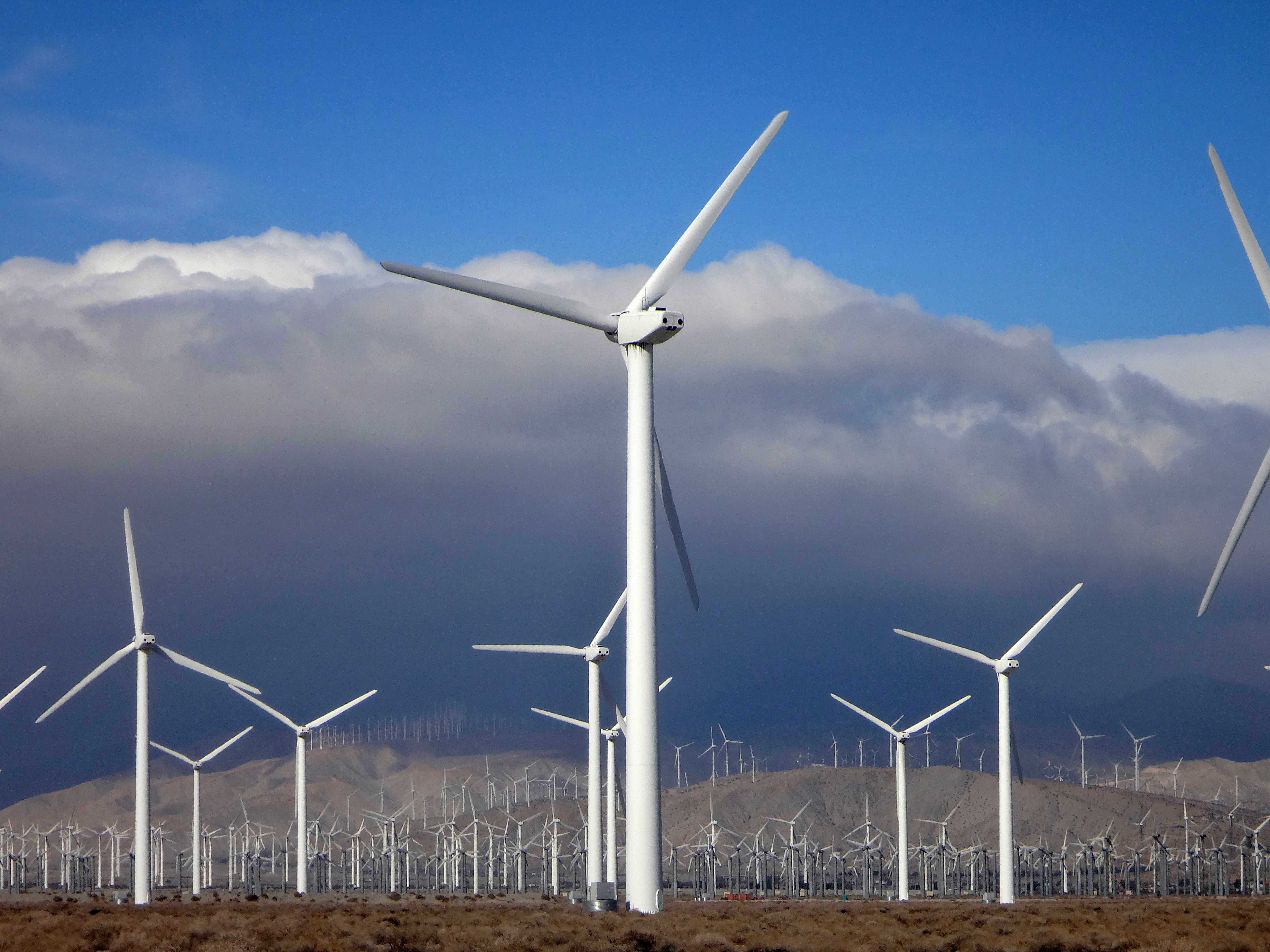
9. **Wind Power**Wind power, another dynamic force among the “electricity from renewable sources,” is undeniably a key component within the “other sources” of fuel, making an indelible mark on the power generation landscape. By converting kinetic energy into electricity, wind turbines offer a clean, scalable solution that directly aids in reducing the global reliance on fossil fuels. Its prominence reflects a resolute commitment to achieving ambitious carbon reduction goals, demonstrating its undeniable tenacity in the energy market.
The accelerating growth of wind energy projects, both onshore and offshore, is revolutionizing power grids worldwide. This expansion is intricately linked with “advancements in energy storage and smart grid technologies,” which are crucial for managing the variable nature of wind output. These technological leaps are enhancing the stability and efficiency of wind integration, transforming it into an increasingly reliable and mainstream energy provider that steadily refuses to cede its ground.
Wind power’s disruptive potential extends beyond mere carbon reduction; it fosters energy independence and creates new economic opportunities in manufacturing and infrastructure development. Its ability to generate substantial amounts of electricity without consuming finite resources or producing harmful emissions positions it as an essential pillar for sustainable development. This multifaceted contribution secures its unyielding and expanding role in a diversified energy future.
As turbine technology continues to evolve, delivering larger, more efficient, and cost-effective units, the economic competitiveness of wind power only strengthens. These relentless innovations ensure that wind energy remains a compelling and indispensable option for meeting future energy needs. It is not just an alternative; it is an increasingly dominant source of electricity, firmly establishing its long-term market presence and asserting its powerful refusal to be a temporary solution.
Read more about: Dream Drives: 15 Classic Cars That Should Absolutely Be Revived for Today’s Roads
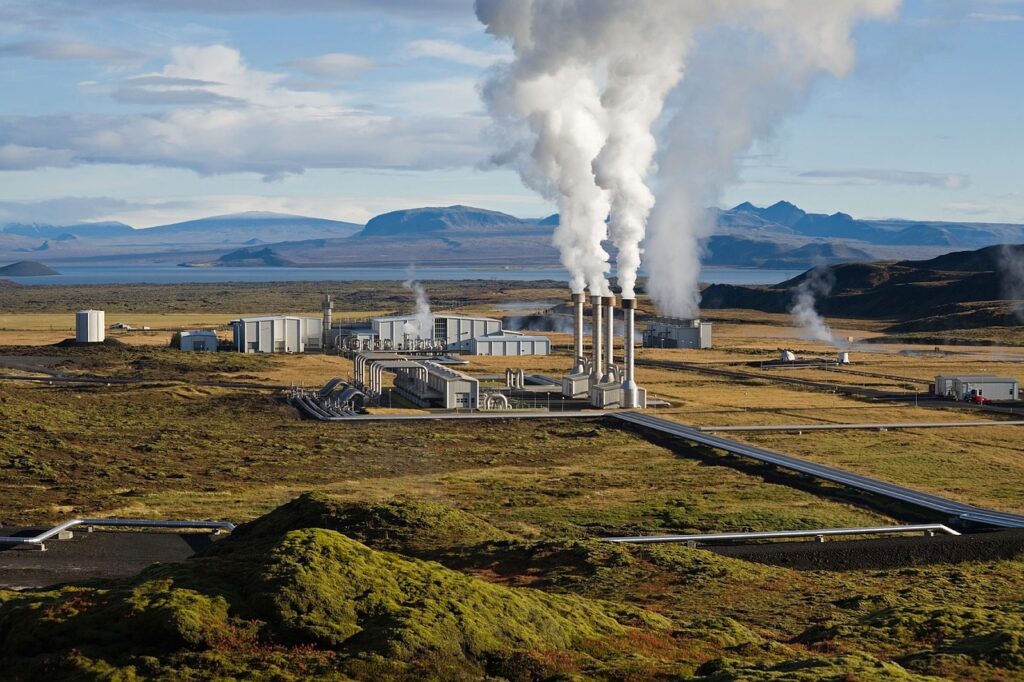
10. **Geothermal Power**Geothermal power, tapping into the Earth’s internal heat, stands as a uniquely reliable and continuous “renewable source” within the “other sources” of fuel for electricity generation. Unlike solar and wind, geothermal offers a constant, baseload power supply, unaffected by daily weather patterns or seasonal changes. This inherent stability makes it an invaluable asset in the pursuit of reducing reliance on fossil fuels and furthering carbon reduction efforts, demonstrating its quiet but resolute persistence.
The consistent availability of geothermal energy positions it as a vital component in a balanced and diversified energy portfolio. It contributes significantly to ensuring grid stability and resilience, especially in regions with active geothermal resources. While its geographic dependence is a factor, the predictability of its output makes it a preferred choice for countries committed to a robust and sustainable energy mix, asserting its refusal to be overlooked due to its unique characteristics.
Geothermal technology has seen steady advancements, improving drilling techniques and power plant efficiency, making it an increasingly economically viable option. These innovations are crucial for unlocking more widespread access to this underground energy treasure, enhancing its competitive edge against other power sources. This ongoing refinement signifies its determination to expand its footprint in the global energy market, proving it’s not a fringe player but a formidable force.
Ultimately, geothermal power underscores the critical importance of a multi-faceted approach to energy security and sustainability. By leveraging the planet’s own internal heat, it provides a powerful, often overlooked, solution that helps reduce our collective carbon footprint and ensures a stable energy supply. Its contribution to the diversification of energy sources is fundamental for meeting long-term energy demands, making it a permanent and non-negotiable part of our sustainable energy future.
Read more about: Powering Tomorrow: 14 Groundbreaking Renewable Energy Innovations Shaping 2025
The journey “Behind the Fuel Pump” reveals a landscape far more dynamic and fiercely contested than many imagine. While conventional fuels continue to exert their influence, a new generation of innovative, cleaner, and often zero-emission technologies are not just emerging—they are taking hold. From the versatile potential of hydrogen to the foundational stability of nuclear power, and the ubiquitous spread of solar, wind, and geothermal, these fuels are not merely alternatives. They are the determined harbingers of a sustainable energy future, each stubbornly refusing to yield their rightful and expanding share in the ongoing quest to power our planet responsibly and resiliently. The market is not merely evolving; it is transforming, driven by ingenuity, necessity, and an unwavering commitment to a brighter, cleaner tomorrow.


